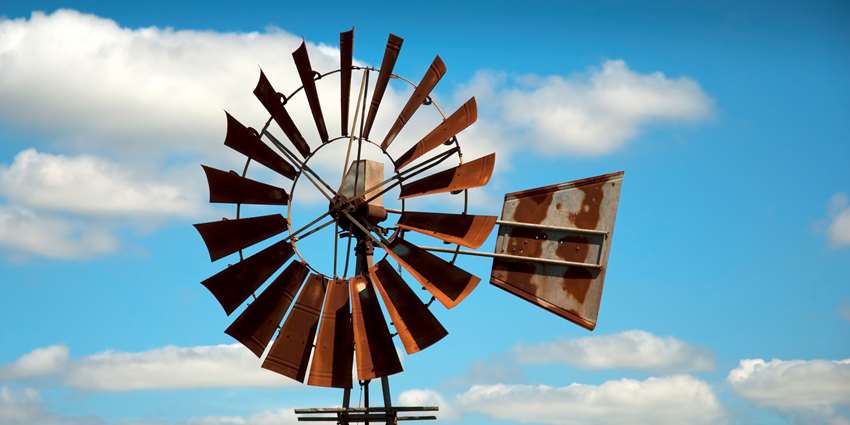Results from Texas well water screenings in areas affected by flooding over the past few years show the importance of those screenings in helping ensure water quality and human health, said Texas A&M AgriLife Extension Service personnel supporting the agency’s Texas Well Owner Network (TWON).
“Private water well owners whose wells have been flooded should assume their well water is contaminated until tested,” said Dr. Diane Boellstorff, AgriLife Extension water resource specialist in the department of soil and crop sciences, College Station. “You should not use water from a flooded well for drinking, cooking, making ice, brushing your teeth or even bathing until you are satisfied it is not contaminated.”
Floodwater may contain substances from upstream, such as manure, sewage from flooded septic systems or other contaminants. There is no regulation or oversight for private wells, so well owners are independently responsible for monitoring their water quality, she said.
“A septic system near a well also can cause contamination when the well is flooded,” Boellstorff noted. “Well owners need to be concerned with E. coli because its presence indicates well water has been in contact with fecal waste from humans or other warm-blooded animals.”
John Smith, AgriLife Extension program specialist, College Station, said water contaminated with E. coliis more likely to have pathogens present that can cause diarrhea, cramps, nausea or other symptoms in humans.
Since its inception in 2010, TWON has screened water samples from more than 10,000 wells throughout the state.
“As part of our outreach, each year the network offers many well water screenings and educational programs for private well owners throughout Texas,” said Dr. Drew Gholson, AgriLife Extension program specialist and TWON coordinator, College Station. “These are typically done in collaboration with the local AgriLife Extension office and, in some instances, emergency management personnel. With the amount and extent of flooding we’ve seen in the state over the past few years, we felt it was important and necessary to offer additional screenings in affected areas.”
For example, Gholson said, after Hurricane Harvey, the network responded and set up additional screenings in 24 counties that had experienced flooding. In all, samples from more 1,500 private water wells within the affected area were screened.
“We typically find 3-5 percent of well samples tested in our regular screenings are positive for E. coli,” he said. “But about 20 percent of the samples collected and screened from counties affected by flooding from Hurricane Harvey had E. coli. This means the likelihood of E. coli contamination in private water wells affected by flooding can be anywhere from four to seven times greater than under normal conditions.”
Gholson said such results, as well as those from recent screenings in the Texas Hill Country after that region experienced severe flooding, demonstrate the importance of having well water tested post-flooding.
“From the 18 well water samples from Burnet County we screened, one showed E. coli contamination,” he said. “Of the 77 samples from Llano County, 11 had E. coli contamination, and three of the 30 samples from Mason County were positive for E. coli. In San Saba County, five of 13 samples, or 38.5 percent, showed E. coli contamination. All together, these four counties had 138 well water samples screened, with 20 of them, or 14.5 percent, having E. coli.”
Read the entire AgriLife Today story.



